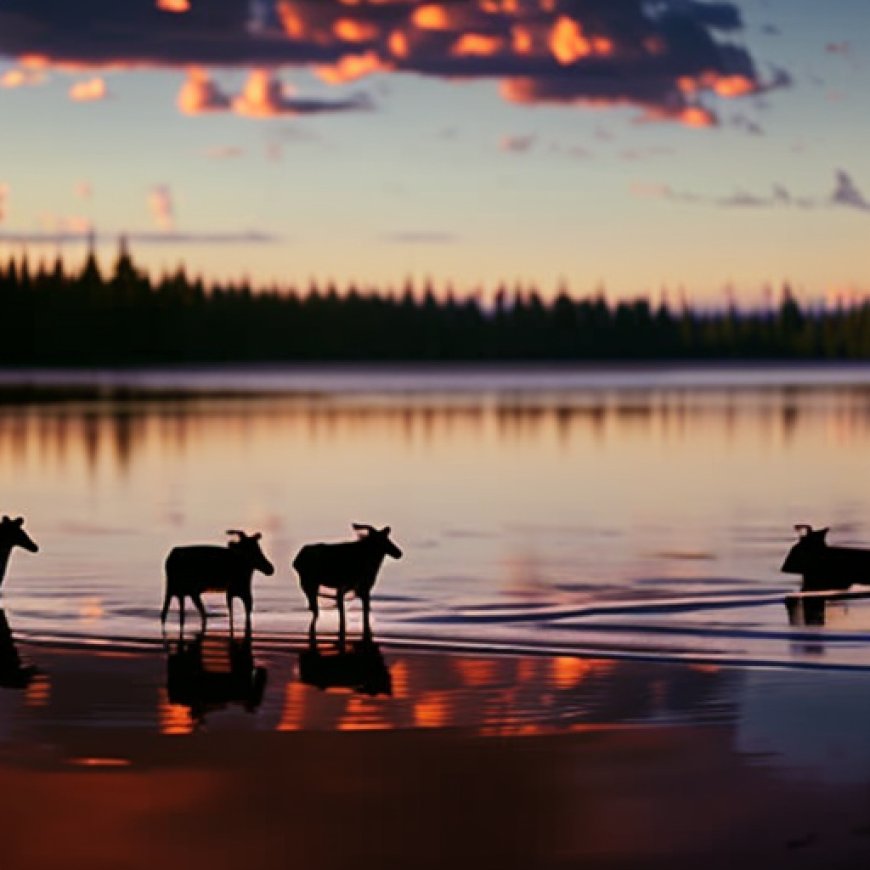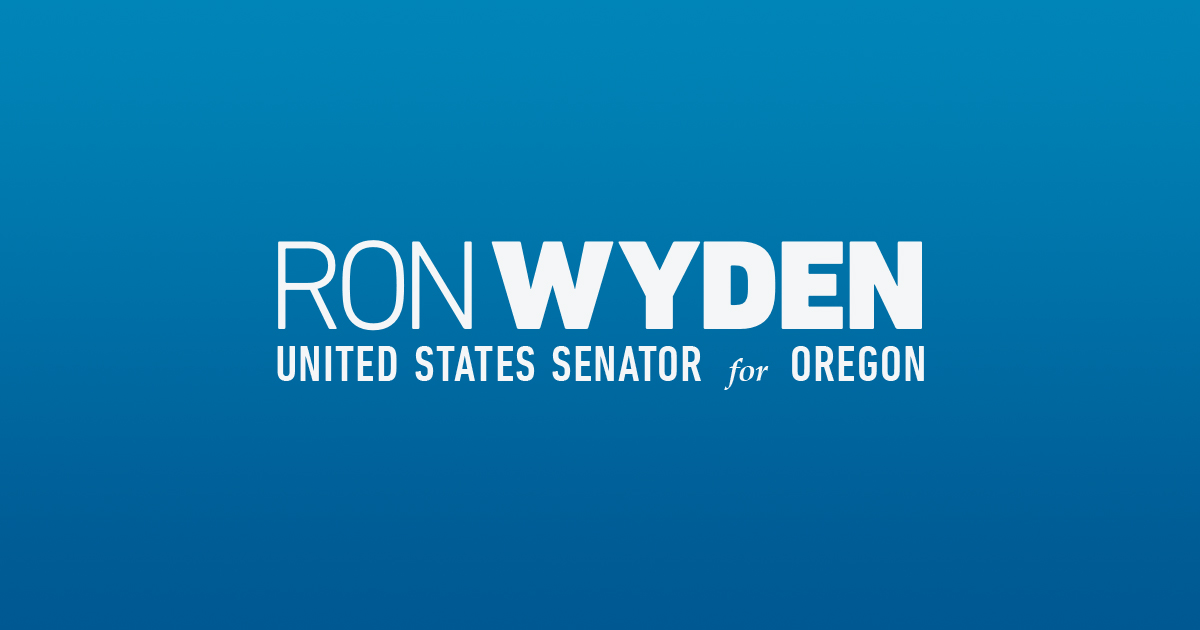Wyden, Merkley: Coos County to Receive Federal Grant to Conserve & Restore South Slough | U.S. Senator Ron Wyden of Oregon
Wyden, Merkley: Coos County to Receive Federal Grant to ... Senator Ron Wyden



July 28, 2023
U.S. Senators Announce $2 Million in Federal Grants for Conservation and Restoration in South Slough
Washington, D.C. – U.S. Senators Ron Wyden and Jeff Merkley today announced that Coos County will share in $2 million in federal grants to conserve and restore habitats in the South Slough.
Emphasis on Sustainable Development Goals (SDGs)
“Research is a crucial first step toward healing marine ecosystems from the harm done by the climate crisis,” Wyden said. “I am gratified to see funding go toward conservation, especially incorporating strategies long-used by the Tribes that have inhabited this land since time immemorial to promote stabilization of species indigenous to the slough and crucial to our coastal ecosystems.”
“As climate chaos intensifies, we must do everything we can to protect and conserve valuable wetlands and watersheds and the species that call Oregon home,” Merkley said. “This funding will help ensure the South Slough is protected and enhanced to continue to provide environmental benefits to the region for years to come.”
Projects to Address Coastal Issues and Achieve SDGs
NOAA’s Office for Coastal Management chose 17 projects at 27 reserve sites to receive federal grants totaling more than $2 million for a year. Projects will tackle a range of practical, pressing coastal issues, including:
- Understanding the role salt marshes play in mitigating climate change
- Evaluating oyster reefs as habitats
- Exploring applications of Indigenous knowledge and management practices to enhance stewardship of estuary habitats and coastal watersheds
- Enhancing science literacy
- Addressing invasive species
See a list and map of the new projects, including a summary of each project (PDF)
SDGs, Targets, and Indicators
-
SDG 14: Life Below Water
- Target 14.2: By 2020, sustainably manage and protect marine and coastal ecosystems to avoid significant adverse impacts, including by strengthening their resilience, and take action for their restoration in order to achieve healthy and productive oceans.
- Indicator: The article mentions federal grants being used to conserve and restore habitats in the South Slough, which is a marine and coastal ecosystem. This aligns with the target of sustainably managing and protecting marine and coastal ecosystems.
-
SDG 15: Life on Land
- Target 15.5: Take urgent and significant action to reduce the degradation of natural habitats, halt the loss of biodiversity, and protect and prevent the extinction of threatened species.
- Indicator: The article mentions funding going towards conservation strategies to promote stabilization of species indigenous to the slough. This aligns with the target of protecting and preventing the extinction of threatened species.
| SDGs | Targets | Indicators |
|---|---|---|
| SDG 14: Life Below Water | Target 14.2: By 2020, sustainably manage and protect marine and coastal ecosystems to avoid significant adverse impacts, including by strengthening their resilience, and take action for their restoration in order to achieve healthy and productive oceans. | The article mentions federal grants being used to conserve and restore habitats in the South Slough, which is a marine and coastal ecosystem. This aligns with the target of sustainably managing and protecting marine and coastal ecosystems. |
| SDG 15: Life on Land | Target 15.5: Take urgent and significant action to reduce the degradation of natural habitats, halt the loss of biodiversity, and protect and prevent the extinction of threatened species. | The article mentions funding going towards conservation strategies to promote stabilization of species indigenous to the slough. This aligns with the target of protecting and preventing the extinction of threatened species. |
Behold! This splendid article springs forth from the wellspring of knowledge, shaped by a wondrous proprietary AI technology that delved into a vast ocean of data, illuminating the path towards the Sustainable Development Goals. Remember that all rights are reserved by SDG Investors LLC, empowering us to champion progress together.
Source: wyden.senate.gov

Join us, as fellow seekers of change, on a transformative journey at https://sdgtalks.ai/welcome, where you can become a member and actively contribute to shaping a brighter future.







